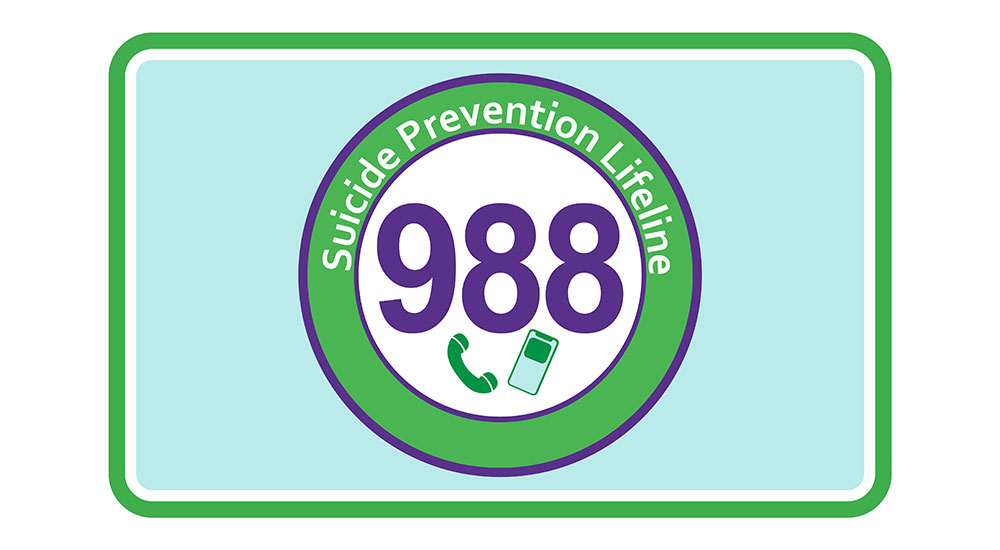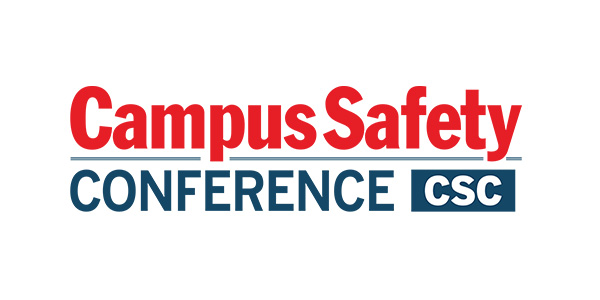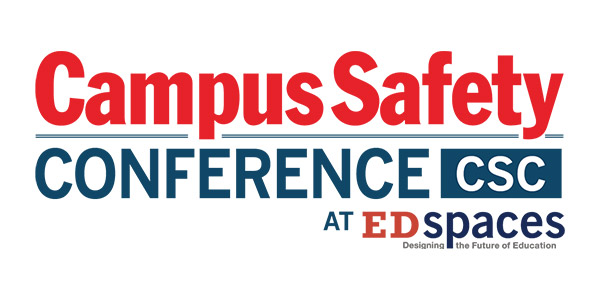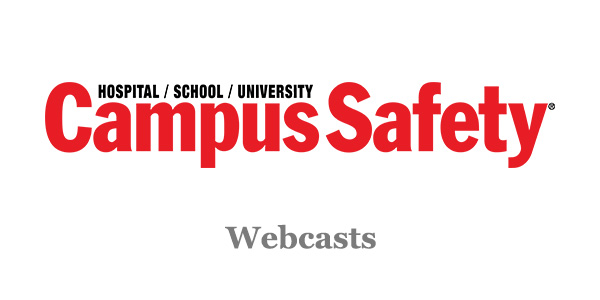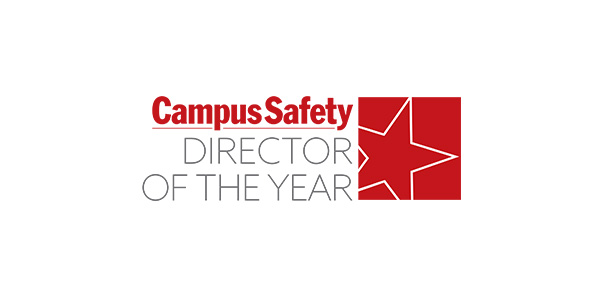The 988 Suicide & Crisis Lifeline is terminating its specialized LGBTQ+ option, the federal Substance Abuse and Mental Health Services Administration (SAMHSA) announced last week.
Starting July 17, the 988 crisis hotline will “no longer silo LGB+ youth services, also known as the ‘Press 3 Option,’ to focus on serving all help seekers, including those previously served through the Press 3 Option,” SAMHSA wrote in a statement. The agency goes on to say those who contact 988 will “continue to receive access to skilled, caring, culturally competent crisis counselors who can help with suicidal, substance misuse, or mental health crises, or any other kind of emotional distress.”
RELATED: Mental Health in America: Test Your Awareness with This Quiz
In a statement sent to CBS News, a Department of Health and Human Services (HHS) spokesperson said the “Press 3 Option,” which is managed by a non-governmental third party, ran out of congressionally directed funding.
“Continued operation of Press 3 would have required SAMHSA to reallocate funds away from supporting the main 988 Lifeline thereby compromising the entire system,” the statement said. “SAMHSA made a critical decision that sustained the entire 988 Suicide & Crisis Lifeline.”
The nationwide hotline, established in 2022, offers access to critical care for those battling mental health emergencies. Jaymes Black, CEO of The Trevor Project, a nonprofit focused on suicide prevention for LGBTQ+ young people, says the removal of the Press 3 Option is “devastating” and that the decision to make the announcement during Pride Month is “callous.”
“This means that, in 30 short days, this program that has provided life-saving services to more than 1.3 million LGBTQ+ young people will no longer be available for those who need it,” he wrote in a statement. “Suicide prevention is about people, not politics. The administration’s decision to remove a bipartisan, evidence-based service that has effectively supported a high-risk group of young people through their darkest moments is incomprehensible.”
Senator Tammy Baldwin, a Wisconsin Democrat who wrote the legislation that established the hotline, condemned the agency’s move.
“During Pride Month, a time to celebrate the progress we’ve made, the Trump Administration is taking us a step back and telling LGBTQ+ kids that they don’t matter and don’t deserve help when they are in crisis,” she wrote in a statement.
RELATED: Teens and Social Media: 1 in 5 Say Its Bad for Their Mental Health
Mel Davis, executive director for Wisconsin’s Rainbow Alliance Advocacy, told Fox 11 News that removing the Press 3 Option will make it more difficult for 988 operators to properly and efficiently connect with LGBTQ+ youth.
“We have certain language that is not necessarily foreign to those around us, but those around us don’t necessarily know how to use it in a way that is affirming for people,” she warned.
LGBTQ+ Youth Mental Health Statistics
Suicide is one of the leading causes of death in the United States, and the risk of suicide is higher within the LGBTQ+ community. The Youth Risk Behavior Survey, last published in 2024, found 41% of LGBTQ+ youth seriously considered attempting suicide and 20% attempted suicide in the previous year.
“Across all of those outcomes that we looked at, experience of violence, poor mental health and suicidal thoughts and behaviors, we do see this really significant disparity between LGBTQ+ young people and their cisgender and heterosexual peers,” Dr. Kathleen Ethier, director of the CDC’s division of adolescent and school health, told ABC News. “That has been the case for a while.”
RELATED: Human Rights Campaign: 30% of LGBTQ+ Students Diagnosed with Disability
In 2023, 65% of LGBTQ+ high school students said they experienced persistent feelings of sadness and hopelessness during the past year compared to 31% of cisgender and heterosexual peers. Another 53% also reported having poor mental health during the last 30 days compared to 21% of their peers.
The survey found LGBTQ+ teens were also at higher risk of substance abuse. About 26% of LGBTQ+ students said they drank alcohol in the past 30 days compared to 21% of their cisgender and heterosexual peers, and 25% said they used marijuana compared to 14% of their peers.

